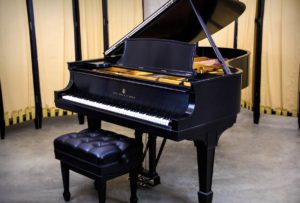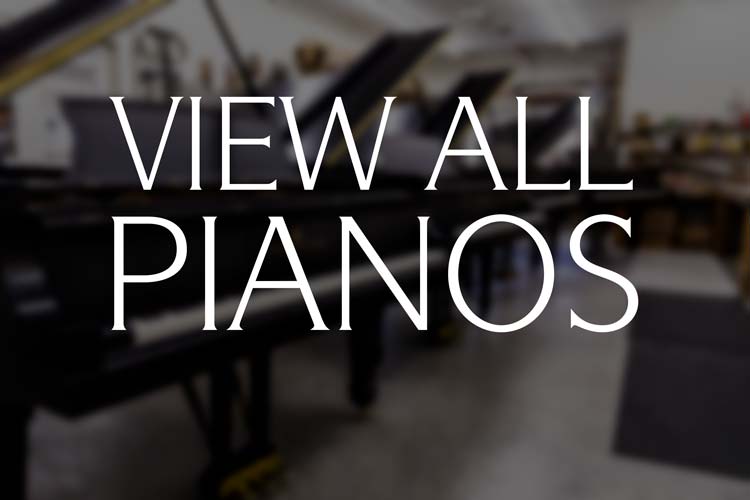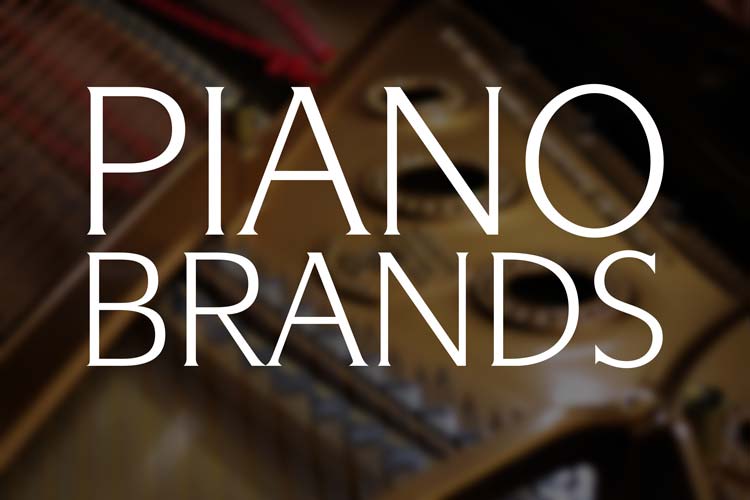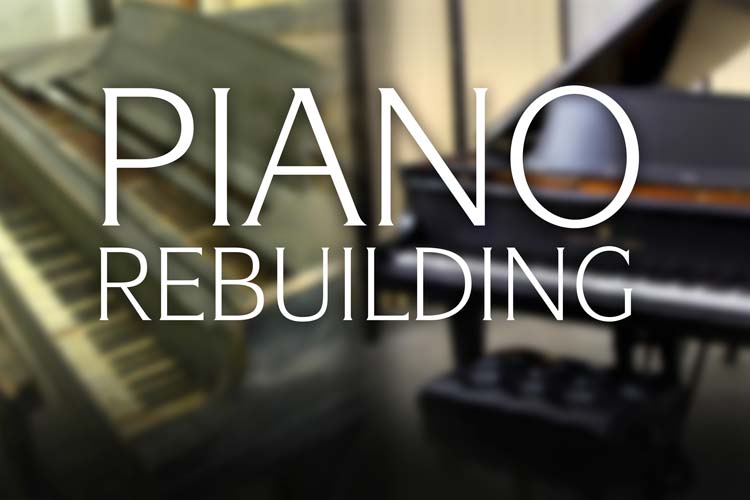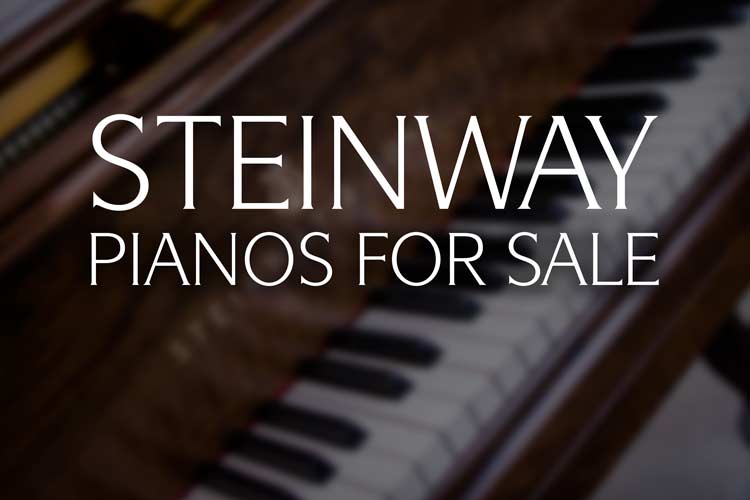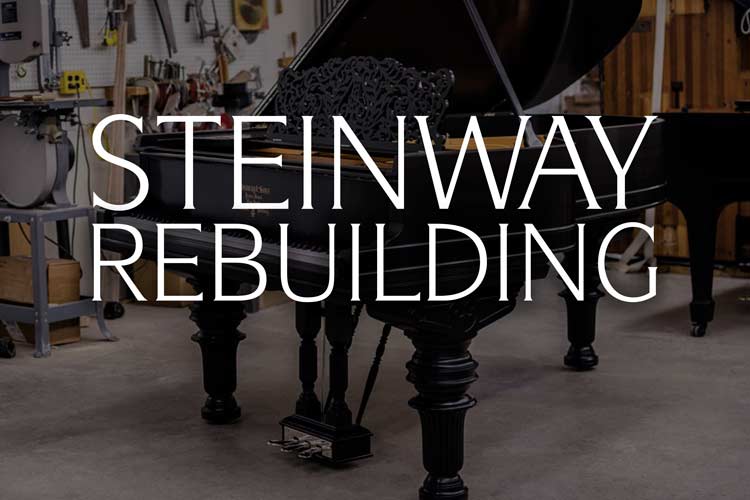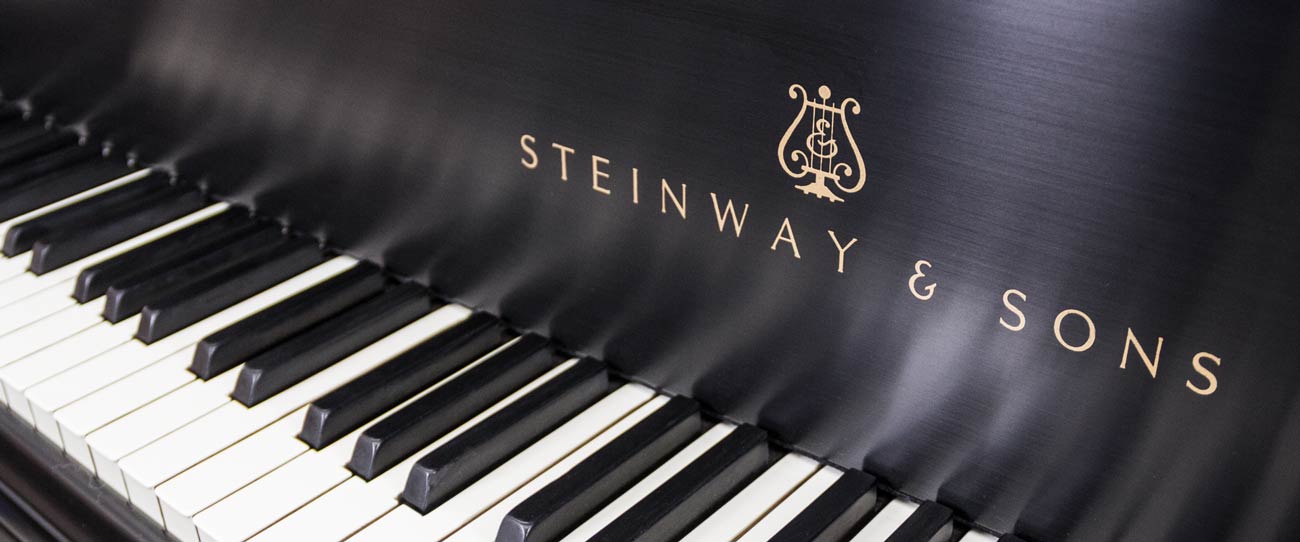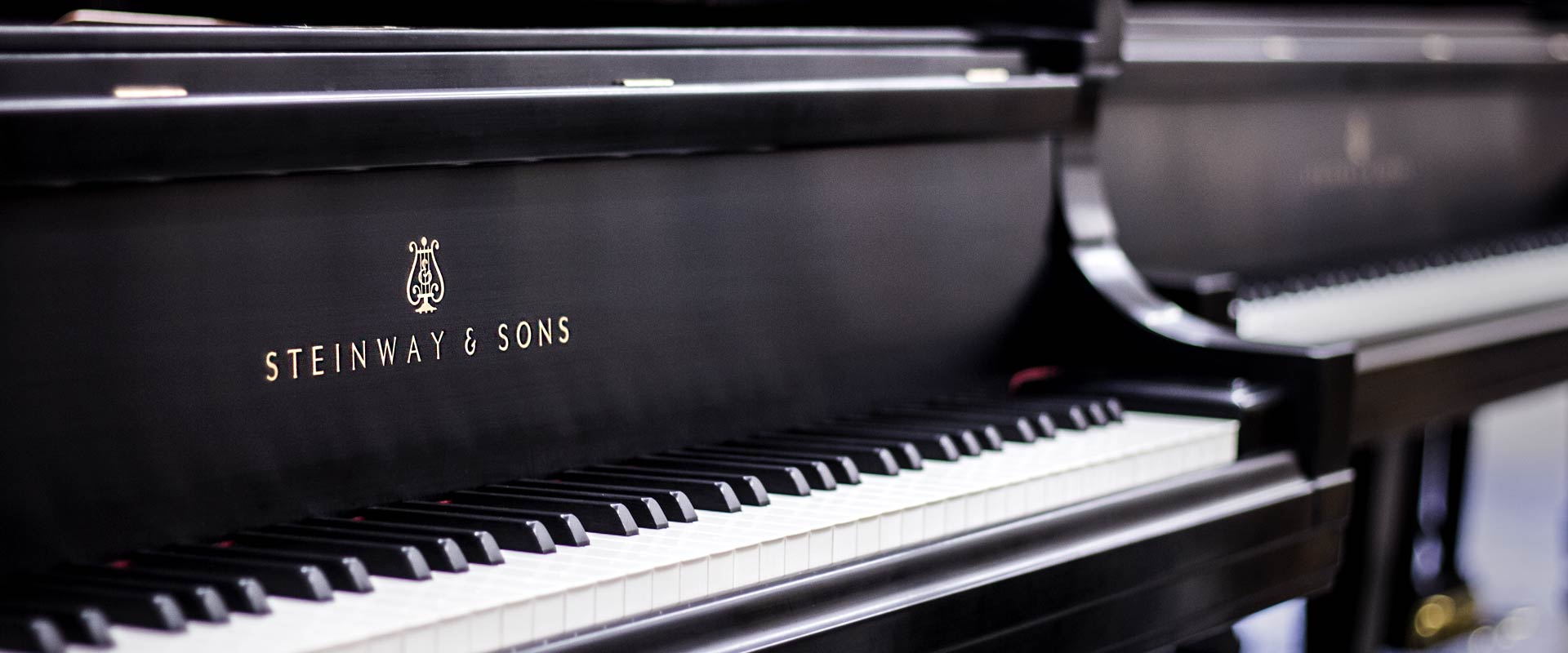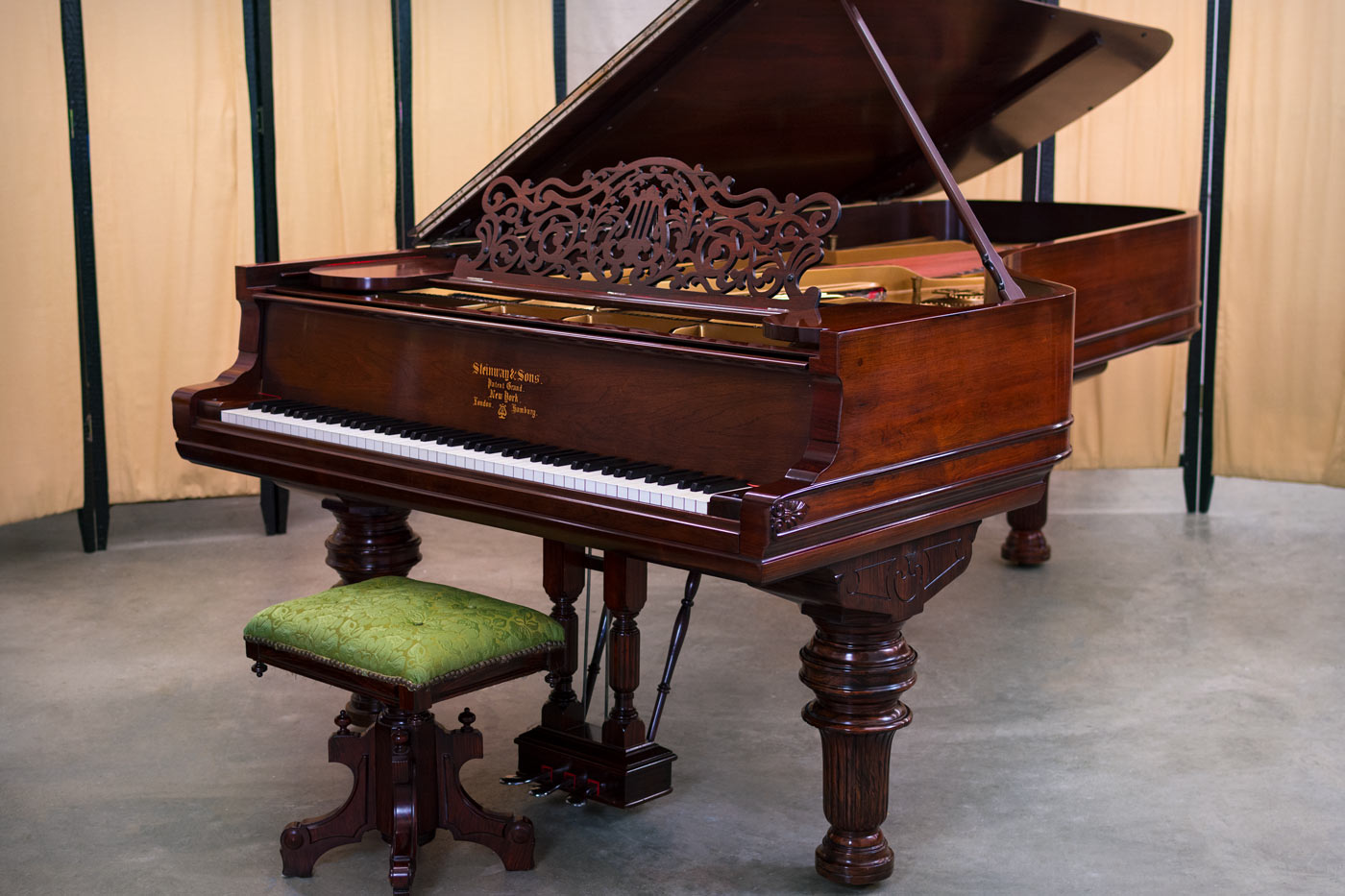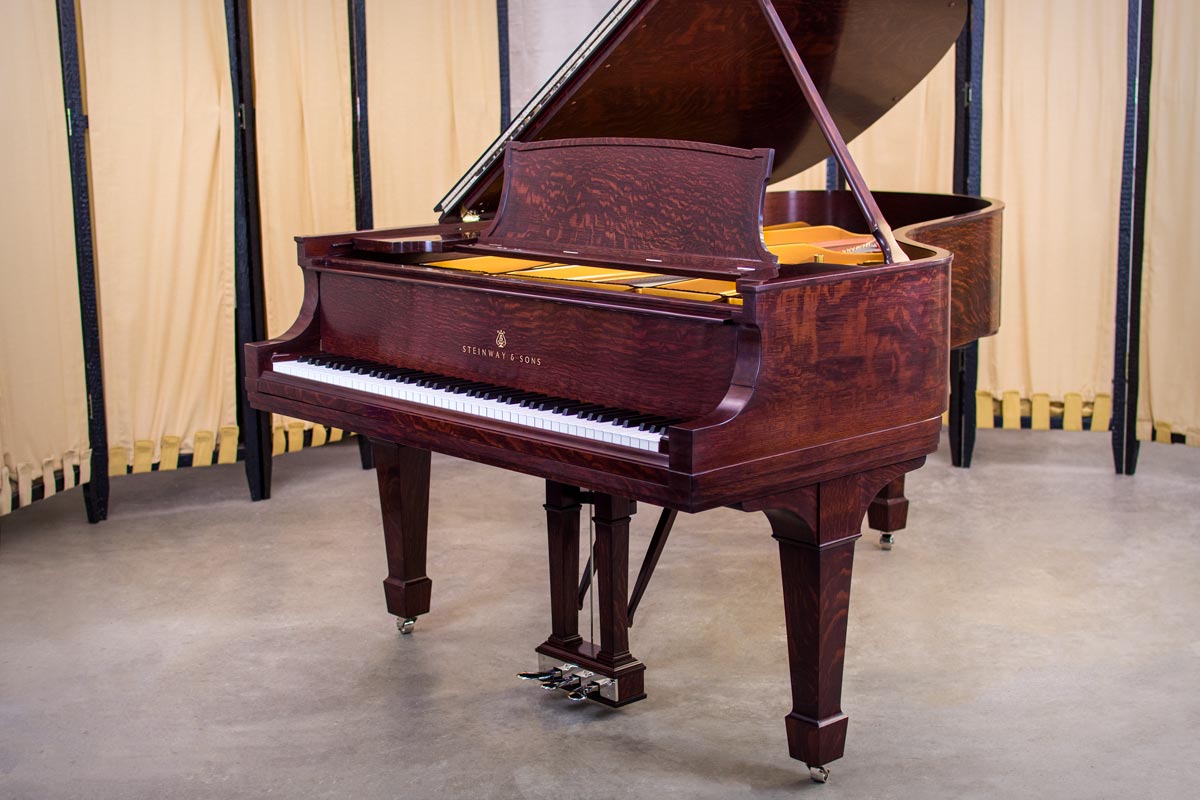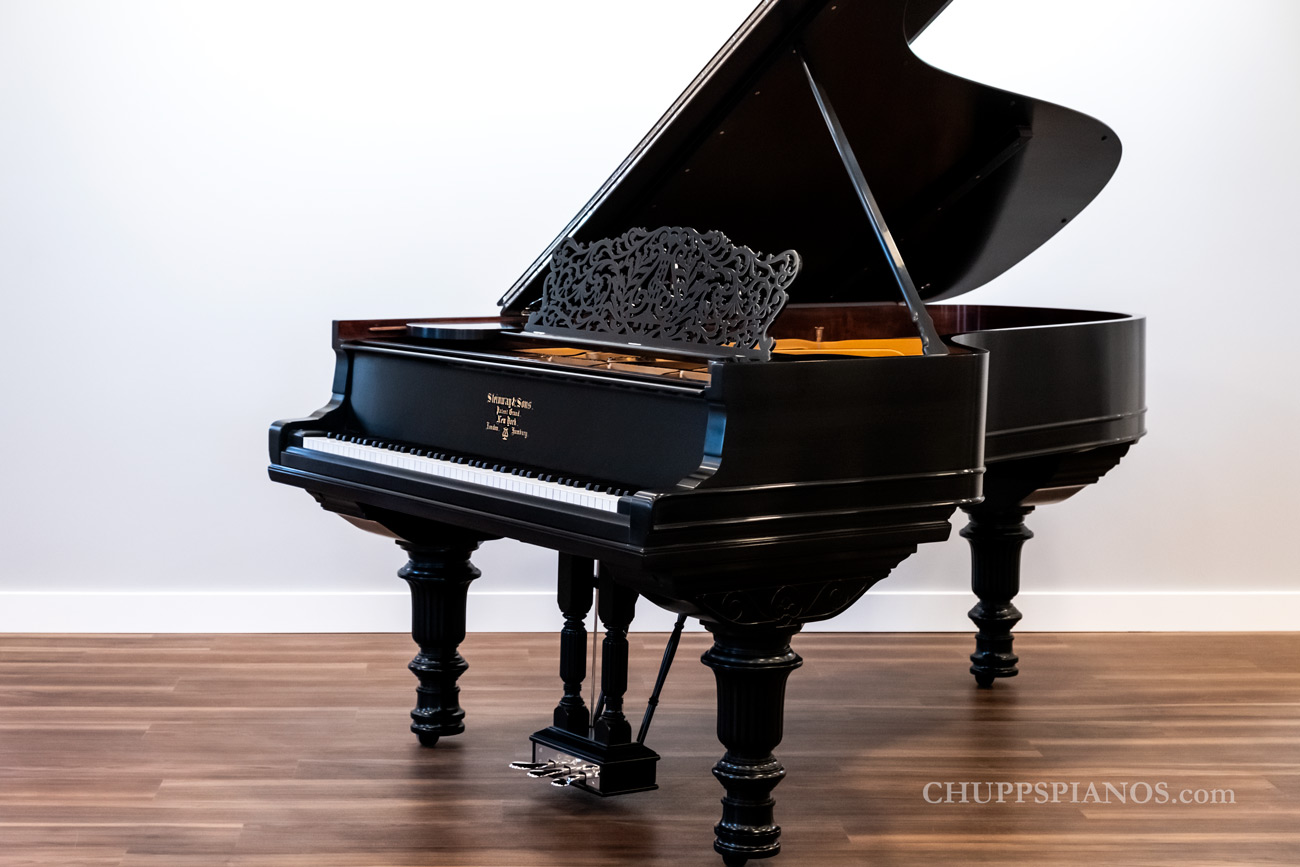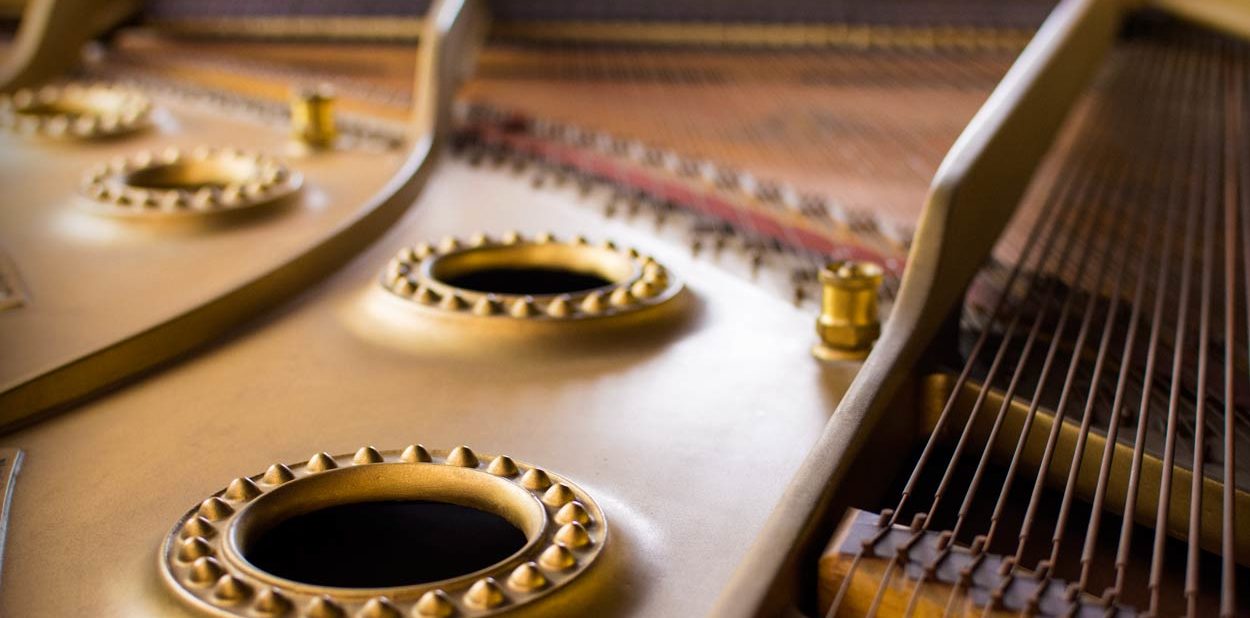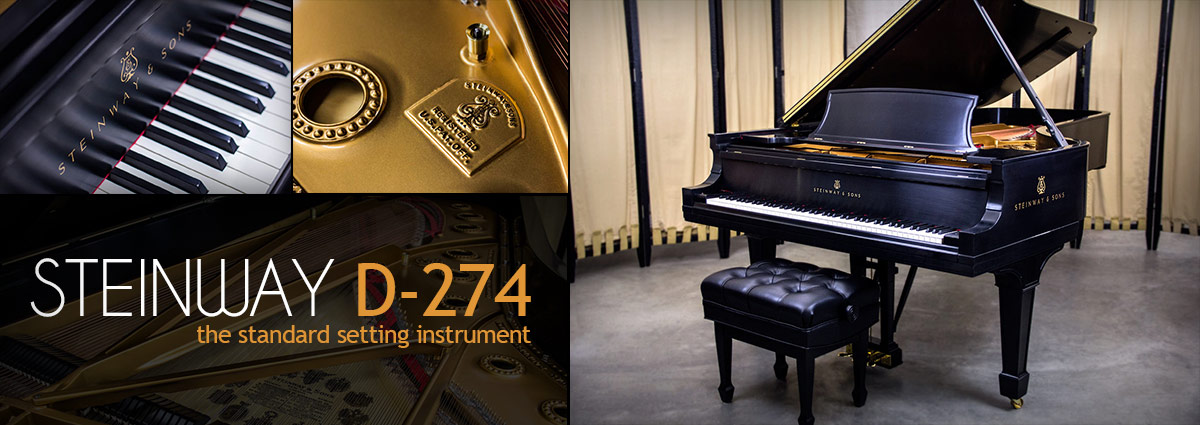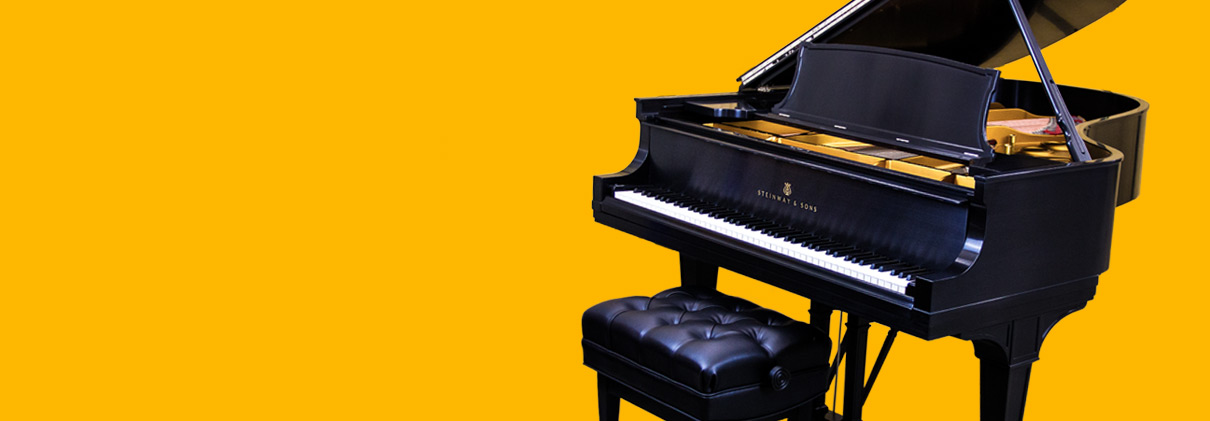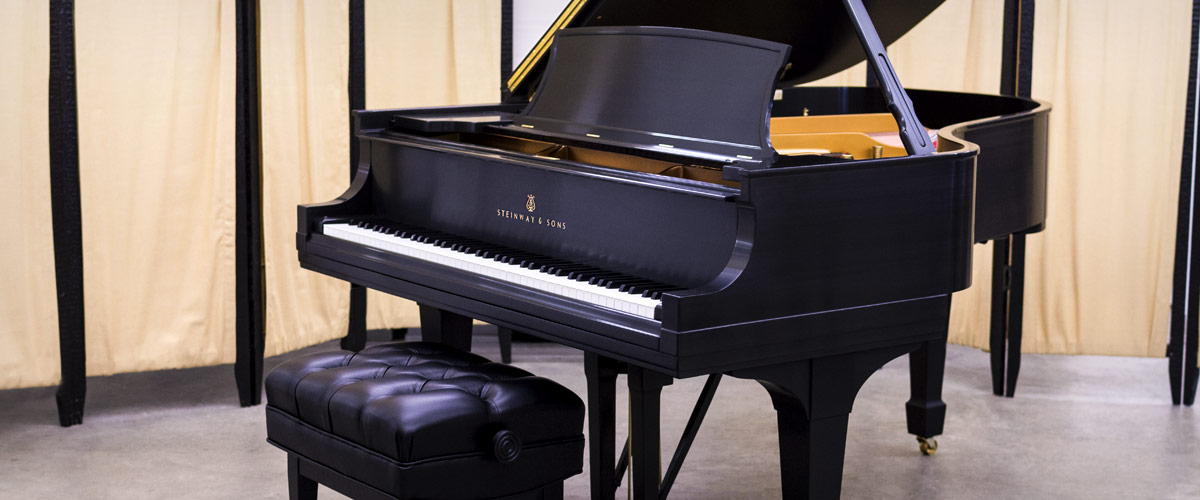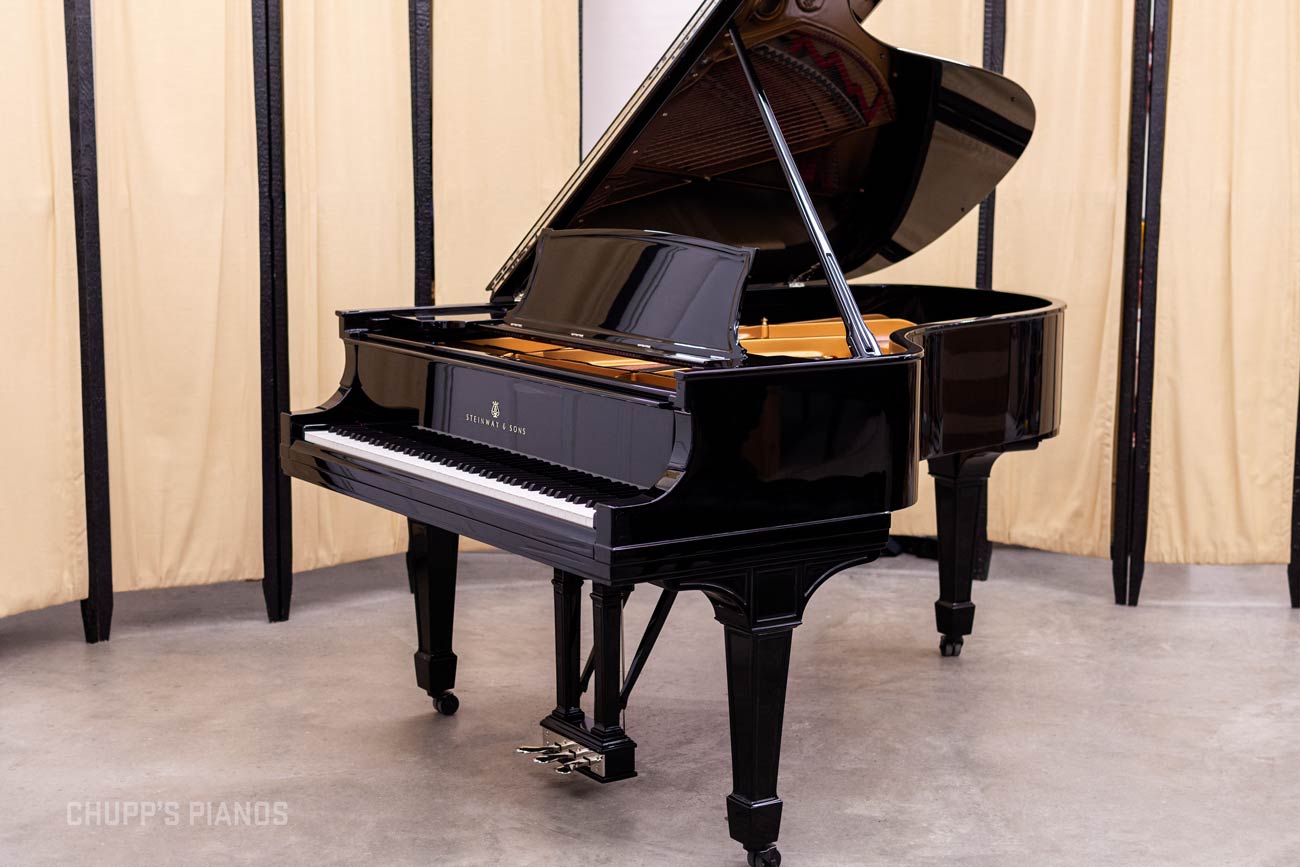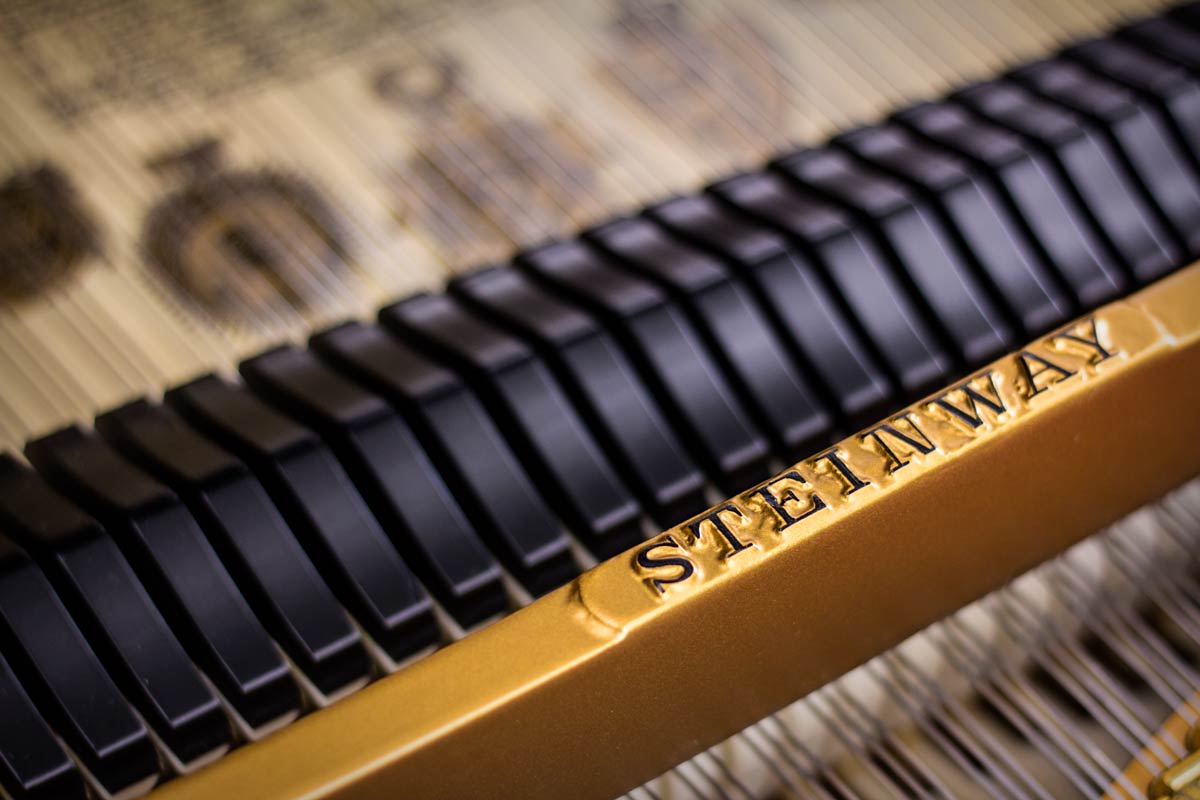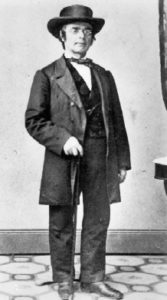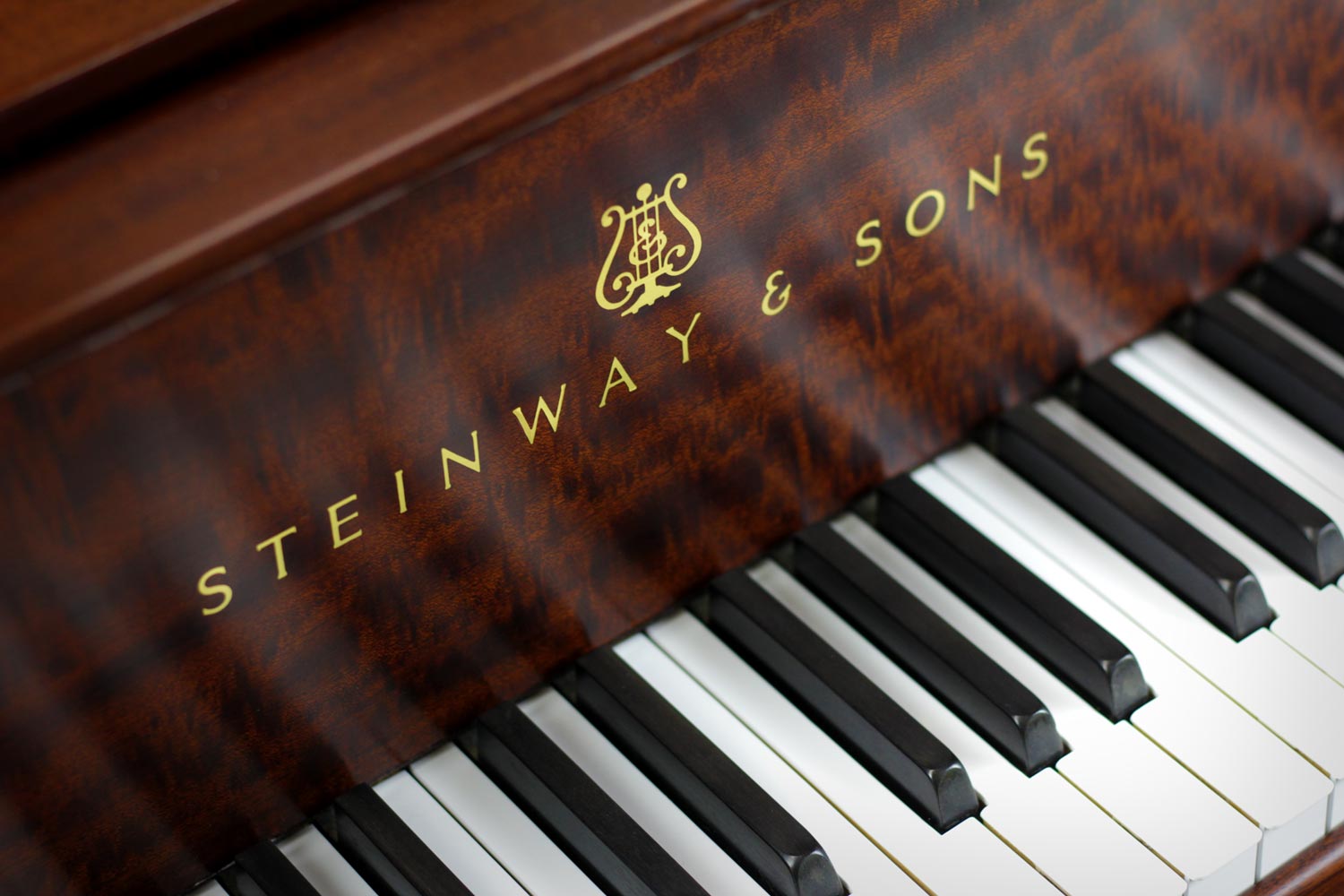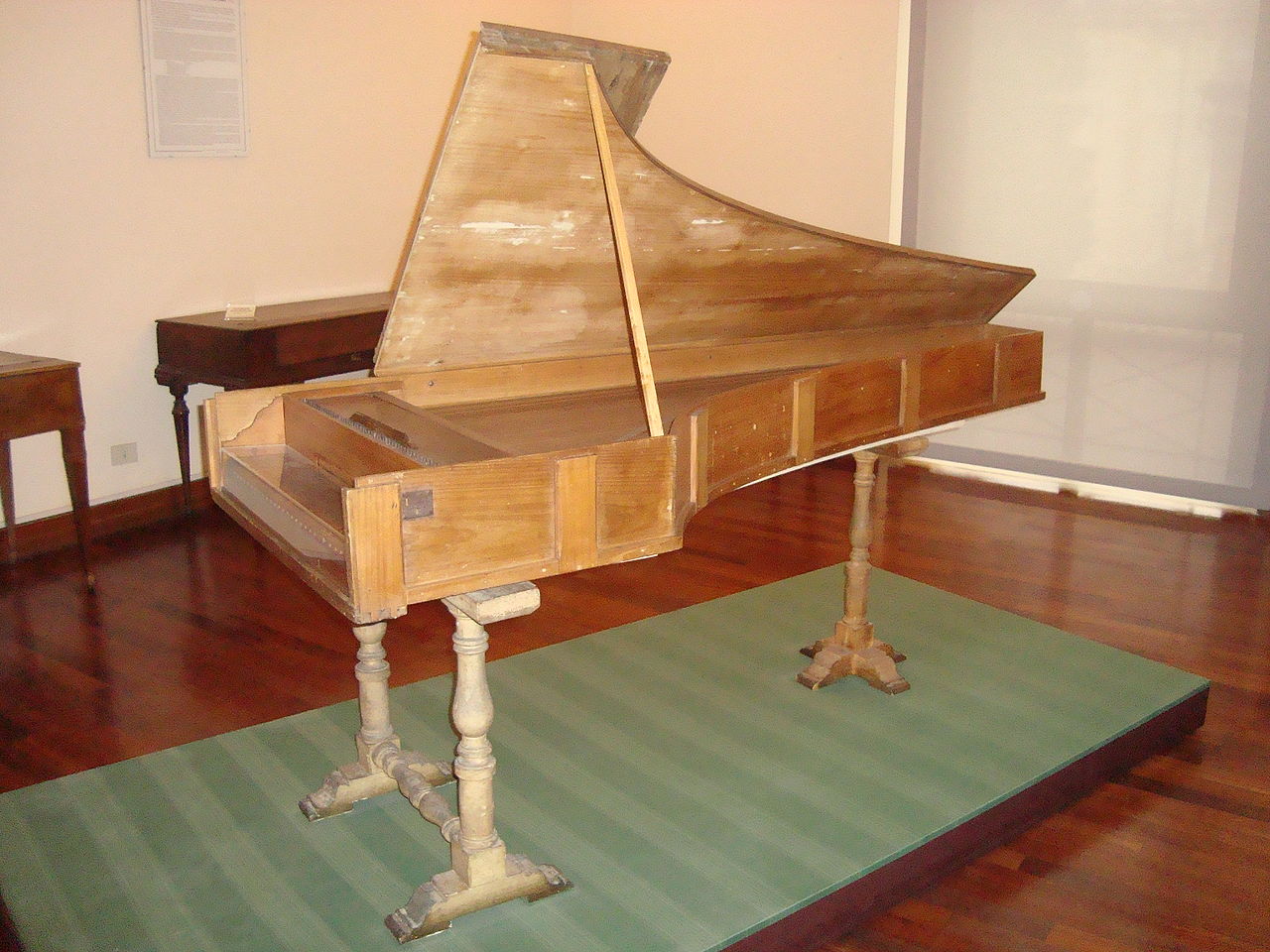Steinway Model S vs. Model M Pianos
Steinway Model S vs. Model M Pianos
At Chupp’s Pianos, it’s our goal to help you find the piano that fits your wants in terms of tonality and resonance. We’re proud to offer a wide variety of pianos of all types, from Steinway restored pianos to pre-owned Yamaha pianos. A piano can be quite an investment so we want you to be equipped with all the information necessary for you to make an educated decision on which one is the best for you. That’s why we’ll always be here to help you make the right choice. For your convenience, we’d like to give you a quick rundown of two of our more popular pianos, the Steinway Model S and the Steinway Model M. Both are small grand pianos and are the smallest of the company's 'baby' grand pianos. Because of their manageable size, these have become the preferred Steinway models for a number of smaller venues and personal piano owners.Steinway Model S
At 5’1” (155 cm), the Steinway Model S is the smallest of the Steinway grands. This design was introduced in the 1930s with the goal of inviting the majesty of the Steinway sound into just about any area, no matter how small. The smaller size and lower cost of this piano are considered to be the Steinway company's savior during the financial hardships of the Great Depression. It's main advantage is its small size. This model is perfect for those who want the grand feel of a Steinway piano, but don’t have the room in their house for a larger instrument. While the sound is excellent for a model of its small stature, it doesn’t quite match the tonal quality of longer pianos. Although theWhy has Steinway & Sons Dominated the Concert Market?
Question: "It seems like I see Steinway pianos on stage all of the time. Why has Steinway & Sons dominated the concert market?"Although Steinway & Sons Concert Grand Pianos currently rule almost all of today’s concert stages throughout the world, it wasn’t always this way. Even today, competitors fight hard to place their pianos on performance stages. With over 90% of concert pianists performing today on Steinway pianos, it is easy to forget that this company was once a small upstart fighting for their position within the massive North American piano market.
The Marketing | Steinway’s Prowess
Steinway & Sons has mastered the art of marketing. That is not to say they have not or do not continue to make quality products. Rather, they were the piano company who mastered both the art of piano building and the cut-throat world of advertising. During their early history, there were numerous high-end piano makers all competing for the ever growing piano market. Names such as Chickering, Knabe, Weber, Mason & Hamlin and Steinway were in an ever ongoing battle to become THE best in the industry. William Steinway, Henry E. Steinway’s son gets much of the credit for Steinway & Sons’ business and marketing prowess. Having high caliber pianists choose your piano over others was seen as being highly prestigious and influential. Thus, the Steinway Artists program was birthed coupled with the company’s bank of concert instruments.From the Archives: Mason & Hamlin Product Brochure Cover
From Mason & Hamlin's Aeolian Days
While digging through some old paperwork, we found an old Mason & Hamlin product brochure from their days as a division of Aeolian in East Rochester, New York. Mason & Hamlin remains as one of the only 'golden era' piano makers still in business today. Along with Steinway & Sons, they represent the very finest in American piano craftsmanship. Below is a scan of the front cover.
History of Art Case Steinway Model D Grand Piano #52626
Steinway Model D Grand Piano #52626 | A Beautiful Past For A Beautiful Piano
There’s an old saying, “If these walls could talk, they’d tell you a story or two.” A concert grand piano from Steinway & Sons will last for generations and over time they accumulate a rich and beautiful history. As one of the greatest piano manufacturers in the world, Steinway pianos are used in venues and by musicians across the globe. Over time, these pianos will see their fair share of usage, and pass through many hands. At Chupp’s Piano Service, we specialize in restoring these beautiful pianos back to playing perfection, and today, we want to shine a little spotlight on a beautiful piano that we are proud to feature - Steinway Model D Grand Piano #52626.The Origin of the Modern Concert Grand
In 1884, a major step forward occurred in the development of the mature concert grand piano- the Model D. The then new Model D was designed and created by incredibly talented craftsman C.F. Theodore Steinway. This new design was the first Steinway Grand to feature a double cupola plate. It featured a 20 note bass section, was overstrung, had a continuous soundboard bridge, and a bent rim case construction. These pianos featured agraffes from notes 1-35 and a capo d’astro bar from notes 36-88. Measuring 8’10” in length with 7 ¼ octaves, these pianos are an essential piece of the piano development puzzle.“Style D has an entirely new interior construction with double cupola steel frame and continuous ring bridge. The improvement in power and sonority of tone is simply marvelous.” – William Steinway, September 1, 1884.
Featured Piano: 1917 Steinway Model A3 ‘Stretch A’ Grand Piano
Fully Rebuilt Steinway Model A3 Grand Piano | Very Rare Quarter Sawn Oak
The golden era of piano manufacturing saw high quality and continued innovation become the standard within the industry. Over 300 piano manufacturers in the United States alone competed to craft the best pianos possible. One of the most unique and well designed instruments during this period was the Steinway Model A-3 Grand Piano. These 6' 4 1/2" grand pianos are some of the finest pianos ever produced by the Steinway & Sons Company. Steinway Model A3 #188826 was built in 1917, during the peak of the company's golden era. This particular instrument is special not just for its amazingly well crafted scale design but for its rare cabinet woodwork as well. This piano features a very rare and unique quarter sawn oak cabinet. Used extensively in the past it is more labor intensive and expensive to produced. It is quite rare to find Steinway grand pianos with this desirable grain pattern.A Rare Favorite
The Steinway Model A-3 has long been a favorite scale design of piano technicians and professional musicians. Discontinued in 1945 due to the competition it created for the larger and pricier Steinway Model B, the Model A-3 is a rare instrument well deserving of the respect it receives. The Model A-3 has become one of our favorite Steinway scale designs and we are proud to feature several of these vintage instruments in our facilities today.The Steinway Model C | An Oft Forgotten Instrument
The Origin and History of the Steinway Model C Grand Piano
The Steinway Model B measures 6’11” in length while the Model D is 8’11”. But what about the piano that comes in between these two? The Steinway & Sons Model C Semi-Concert Grand Piano is an instrument that is often forgotten about – at least by some of us here in North America. Here is a quick history of the lineage of the Semi-Concert Model C.The Steinway Model C's Origin
The 7’2” Steinway and Sons Model C was first manufactured in 1878 with Steinway #38675 being the first in the series to be completed on 8/24/1878. These seven-octave, 85-note pianos were based upon the earlier Parlor Grands built by Steinway. The Model C, 85-note piano was also known as the Style 3 in catalogues. The scale design featured a 21 note bass section and was redesigned from the earlier parlor grand piano by C.F. Theodore Steinway. The Model C was introduced during a time of advancement for the Steinway Company. The early Model C was first produced with a sectional case design, and in 1880 production of Model Cs with a more modern style bent-rim case began. The 85-note Model C/Style 3 was in production until 1886.The History of Mason & Hamlin Pianos | An Ongoing Legacy
From 1854 to Today | Mason & Hamlin
The tale of the Mason & Hamlin’s rise to the top of the piano world is an interesting piece of history, dating back to the mid 19th century. Now normally, the first name to come to mind when thinking of premium pianos is probably the venerable Steinway & Sons company. Steinway has long enjoyed a spot at the top of American piano manufacturers in both artists' use and public opinion. However it would be very remiss to ignore the contributions and the ongoing history of another leading piano maker, Mason & Hamlin. Created one year after the founding of Steinway & Sons in 1854, Mason & Hamlin quickly asserted themselves as a company dedicated to handcrafted quality and today is one of only two fully operational piano manufacturers in the United States today (with the other being their longtime competitor, Steinway).The Steinway Model D | The King of Instruments
The Steinway Model D Benchmark
The World's Standard For Concert Grand Pianos
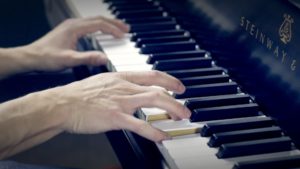
The Steinway & Sons Model D grand piano is one which signifies an instrument's grace, power, and delicacy unlike any other. Measuring at 8'11 3/4" in length, the Model D towers above regular grand pianos, which are usually around 5’6” to 6’ long. Truly the pinnacle of Steinway's historic dedication to innovation and top shelf craftsmanship, the thousand pound Model D-274 truly is the standard by which other concert pianos are judged against. Decades of craftsmanship and development, signified and represented by one instrument it has long been considered the first choice of concert pianists.
The Interior Parts of a Grand Piano
A Basic Overview & What You Need to Know
The grand piano is one of, if not the most distinctive and recognizable instruments in history. Invented in the early 1600s by inventor Bartolomeo Cristofori, the piano has a long and rich history. The mention of a grand piano may conjure up images of a shiny black cabinet and seemingly countless black and white keys. But while the outside is magnificent, the inside is where the heart of the piano truly lies. There are over 12,000 parts in a ‘basic’ Steinway grand piano and the vast majority of them are held in the interior of the cabinet. The piano truly is a modern mechanical marvel! Here is a quick rundown of the basic interior parts of a grand piano.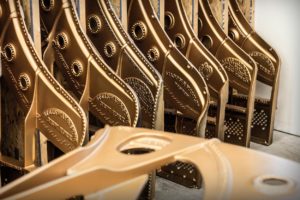 The Plate
The Plate
When lifting the lid and looking inside, the first piano part you probably will notice is the large cast iron plate. Although colors and casting methods vary from manufacturer to manufacturer, the basic function of the plate stays the same. The plate (sometimes called the piano's harp) serves as the backbone for the piano. The strings are affixed to the plate and the pins in the pinblock, so it must be able to withstand up to 40,000 pounds of tension. The large holes you see on the plate are cooling holes, which allow the cast metal to cool evenly. Usually the plate features various patent information and logos from the manufacturer. (You have to put your branding somewhere!)
The Steinway Model O vs. Model L – What’s the Difference?
The Steinway Model O vs. the Model L | What's the Difference?
Question: “The Steinway Model O and the Model L grand pianos seem to be about the same? What is the difference?
Similar Yet Different | Steinway Model vs. Model L
There are many differences between the various models of pianos bearing the name of Steinway & Sons. From the diminutive 5’1″ Model S to the imposing 8’11” Concert Model D, Steinway pianos run a wide range of sizes and sound. Each size of piano has its place and purpose. However there are models that are considered to be very similar and the Model O and the Model L are two of those. The Model O and the Model L are both about the same size and have actually both replaced each other during various periods in the Steinway & Sons company history.History of the Piano
Learn About Pianos Throughout Time
The creation of the piano dates back centuries, with many different renditions and imaginings of this instrument. While there are scores of books detailing the rise of this musical titan, here are the must knows of a piano's history for any piano enthusiast in a handy infographic!
The Steinway Model A-1 vs. A-2 vs. A-3
The Steinway Model A Family | What's the Difference?
Question: “I was looking at Steinway Model A pianos and noticed that there are pianos labeled Model A-1, A-2 and A-3 and it is getting a bit confusing. What is the difference between these models of Steinway pianos?
